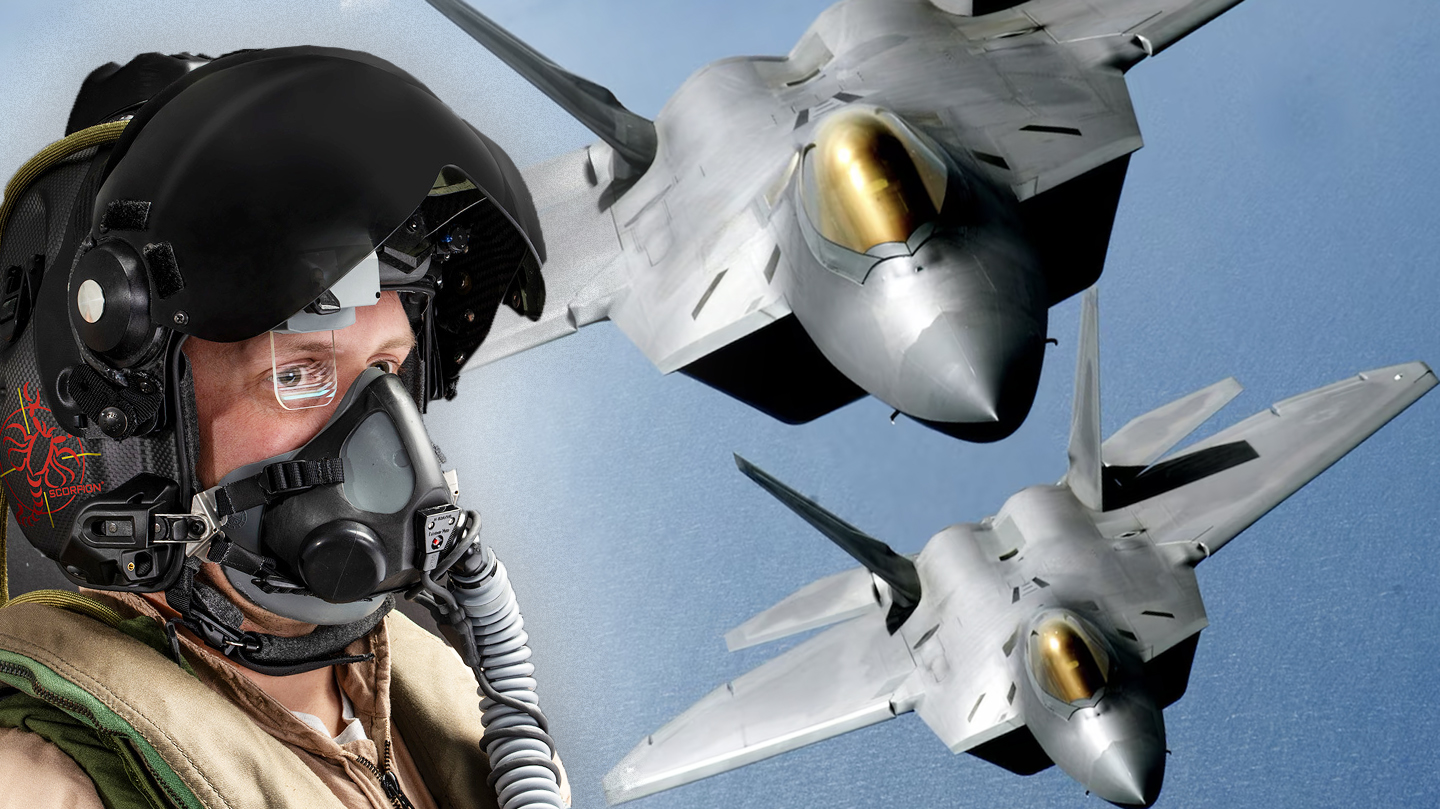The F-22 Raptor is finally getting a Helmet Mounted Display (HMD) — Thales’ popular Scorpion system — with the Hawaii Air National Guard’s F-22s being slated to receive it. The rest of the F-22 community could follow their lead. At the same time, a larger contract was just announced to replace all of the Joint Helmet Mounted Cuing Systems (JHMCS) worn by USAF F-16C/D Block 40/42 and Block 50/52 pilots with the Scorpion. The award displaces JHMCS as the dominant HMD on USAF F-16s, with one HMD type now being standardized across the Air Force’s Viper fleet.
The fact that the F-22, the world’s most capable air-to-air fighter, does not have an HMD has always been a point of contention. It was originally planned that Raptor pilots would get one, but this was cut during development. It has been discussed that JHMCS, in particular, had integration issues with the type. Even as the Raptor gained the AIM-9X missile capable of hitting targets far off the centerline of the jet during a dogfight, F-22 pilots still lacked the ability to target it dynamically via its primary method — an HMD. You can read all about this strange situation in this past piece of ours.
Regardless, now the Air National Guard is taking the lead on fixing the issue once and for all with the help of the Defense Innovation Unit (DIU). The 199th Fighter Squadron out of Honolulu is set to integrate the Scorpion with their Raptors.
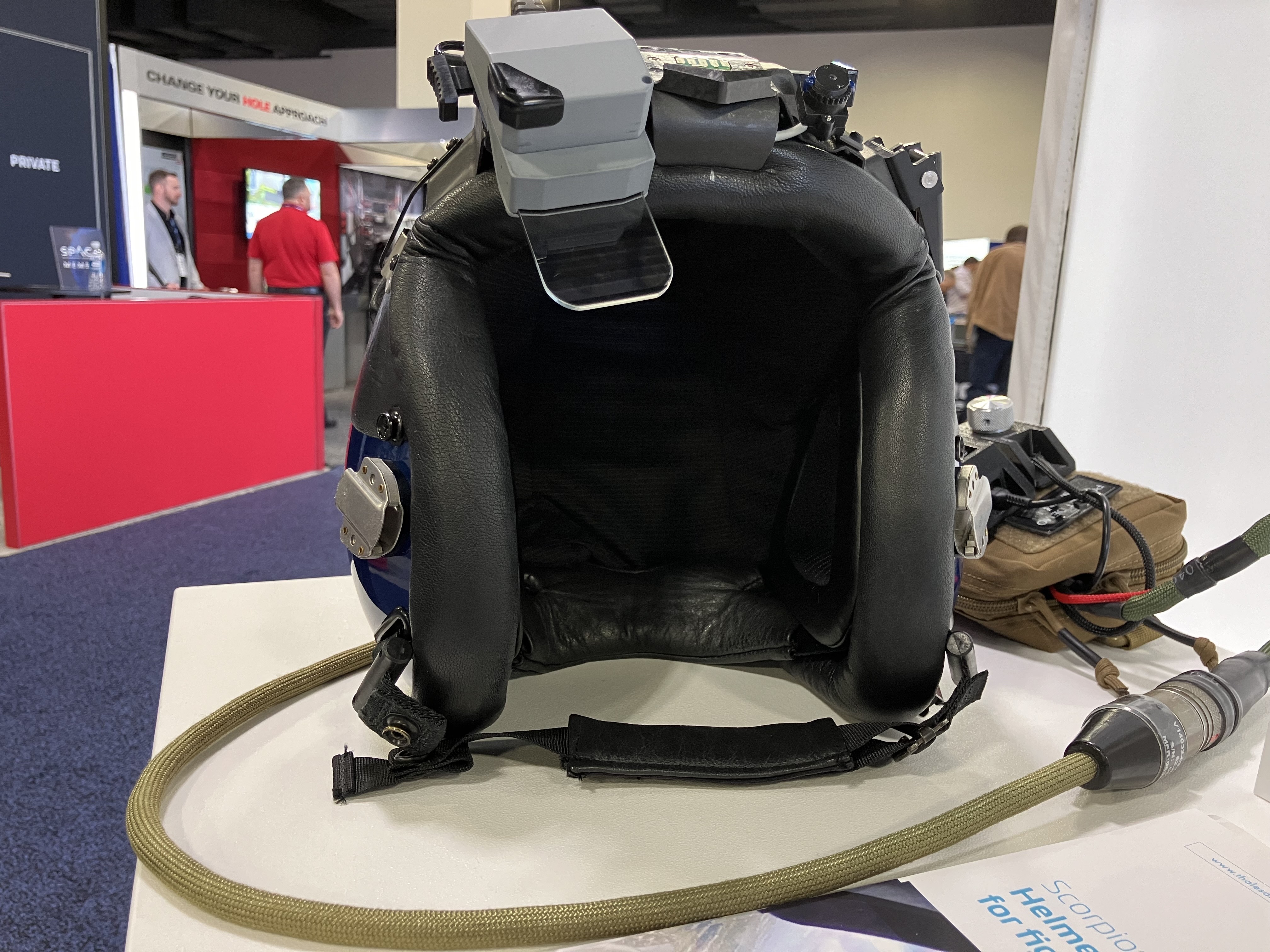
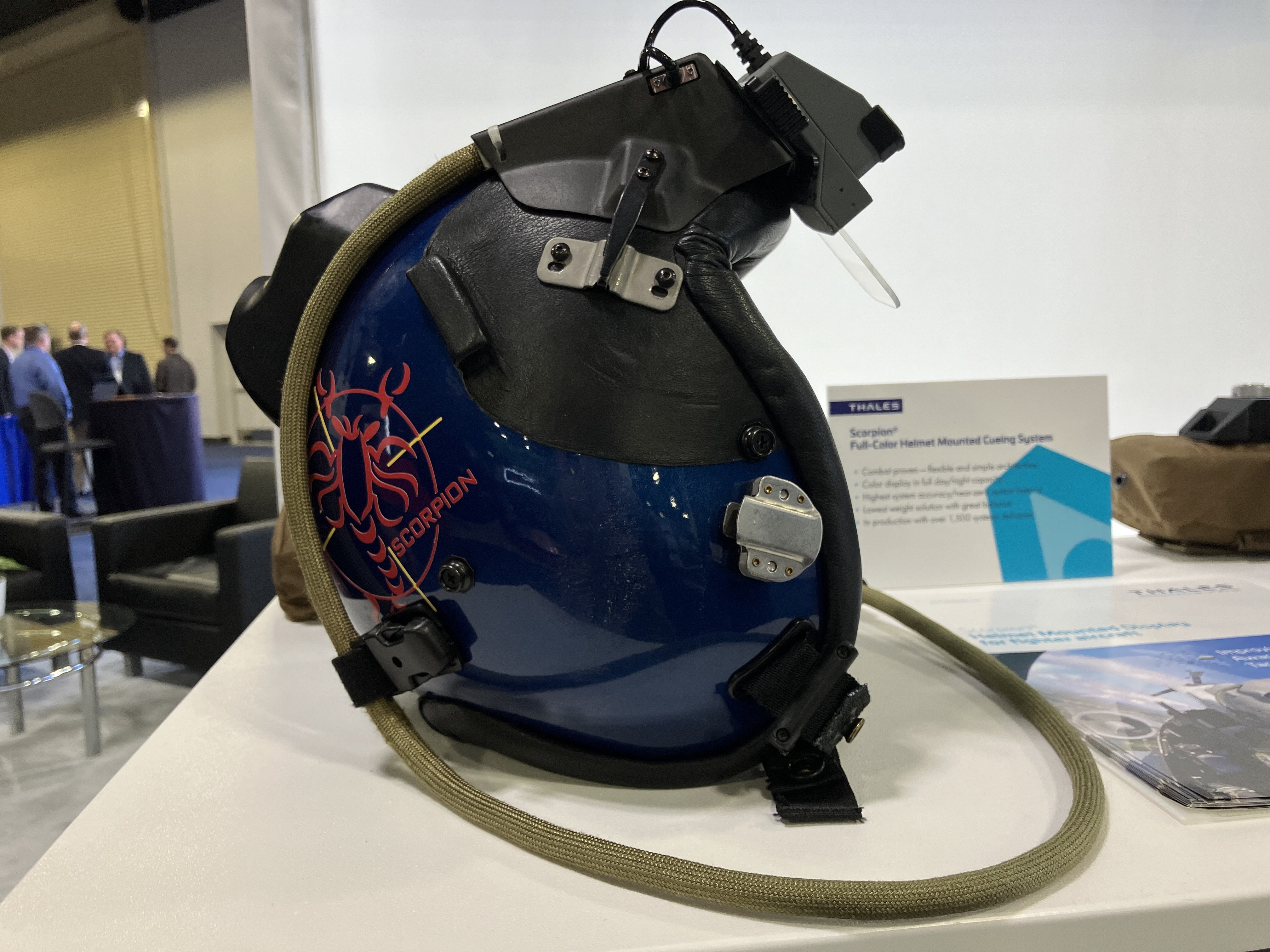
Our Howard Altman talked with Thales about Scorpion’s latest wins on the show floor of AFA’s Warfare Symposium in Colorado today, with Thales’ Lou Taddeo telling TWZ:
“We just won a contract from the Defense Innovation Unit… Ostensibly we’re working really with the first real customer, the Air National Guard … to put Scorpion on ANG-operated F-22s. So that just kicked off, and we hope that eventually the big Air Force will also buy Scorpion for the rest of the U.S. Air Force F-22 fleet.”
The contract to equip the Raptor with Scorpion was awarded in September 2024, under the Raptor Open System Tactical-Helmet Display (ROST-HD) program.
Interesting enough, a version of Scorpion was previously tested on the F-22, although little is known about the circumstances surrounding those trials. Competing priorities in terms of upgrades have always been a challenge for the F-22 fleet and the Scorpion never made it into operational Raptor cockpits. You can read more about this in our past exclusive reporting here.
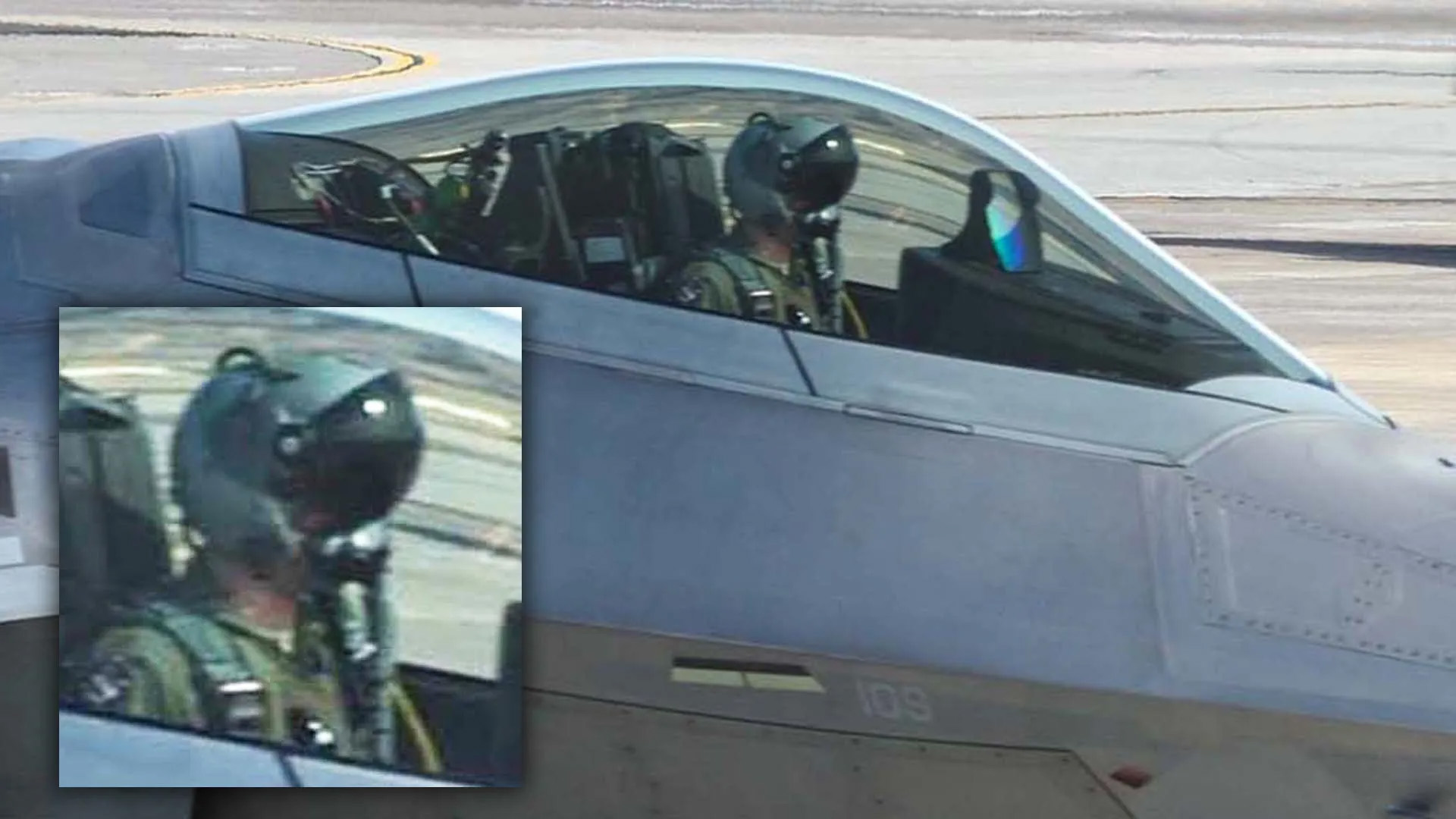
JHMCS had brought about helmet-mounted display and targeting technology to the USAF’s fighter fleets and has been serving for more than two decades on USAF F-15s and F-16s. While providing heads-up situational awareness unlike any hard-mounted display could, it also gave USAF 4th generation fighters the ability to fully utilize the AIM-9X Sidewinder’s high off-boresight (HOBS) targeting capability. In other words, the pilot has to just look at the target within a specific engagement envelope in order for the AIM-9X to lock on.
Meanwhile, Scorpion has become an increasingly dominant player within the USAF’s stable, equipping Air National Guard and Air Force Reserve Block 30 F-16s, as well as USAF A-10s. These users are in addition to more unique use cases, like aboard the AC-130 gunship. Scorpion has also found its way into the private adversary support community, with TacAir’s F-5ATs and Top Aces’ F-16A/Bs being equipped with the type.
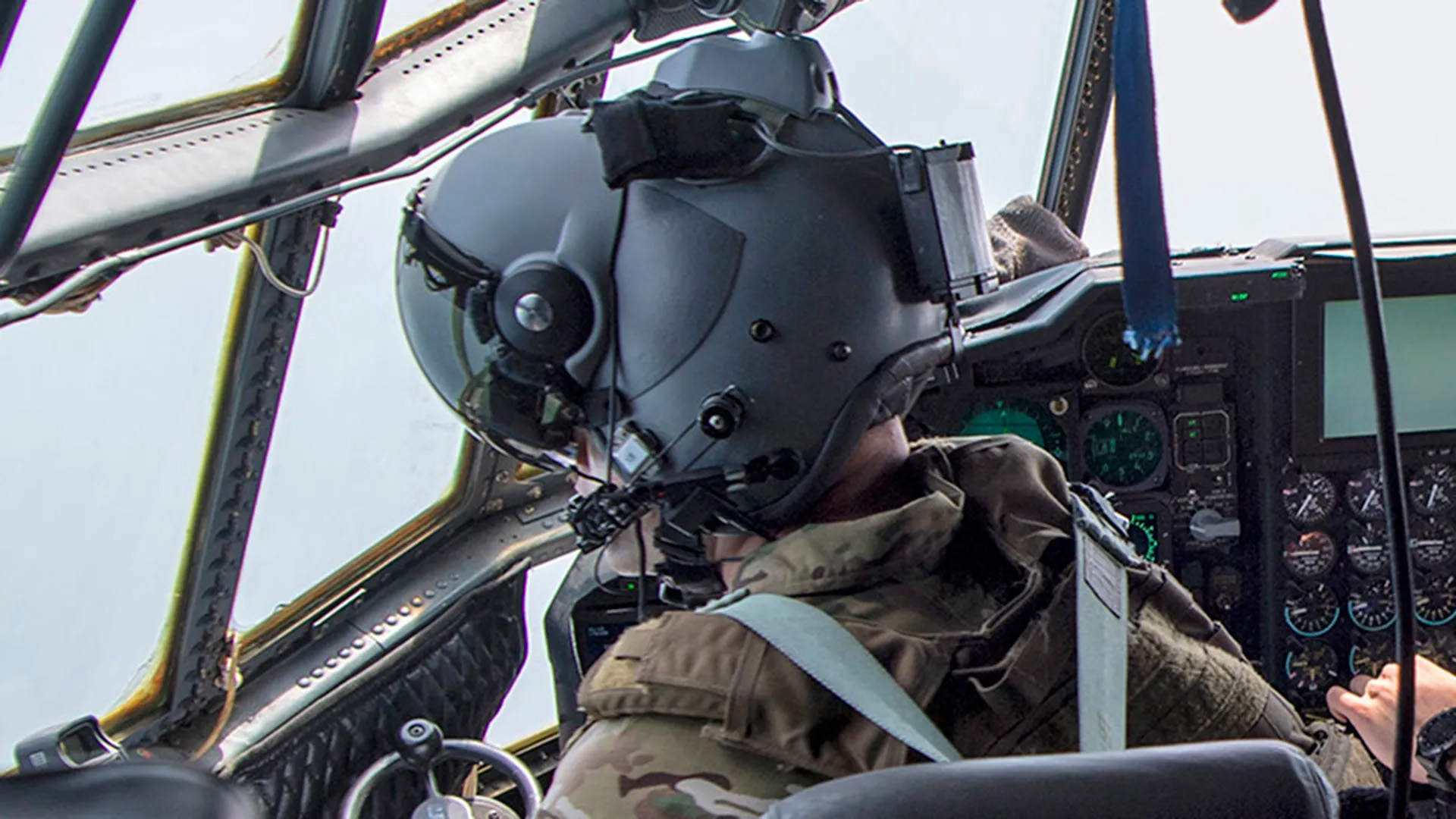
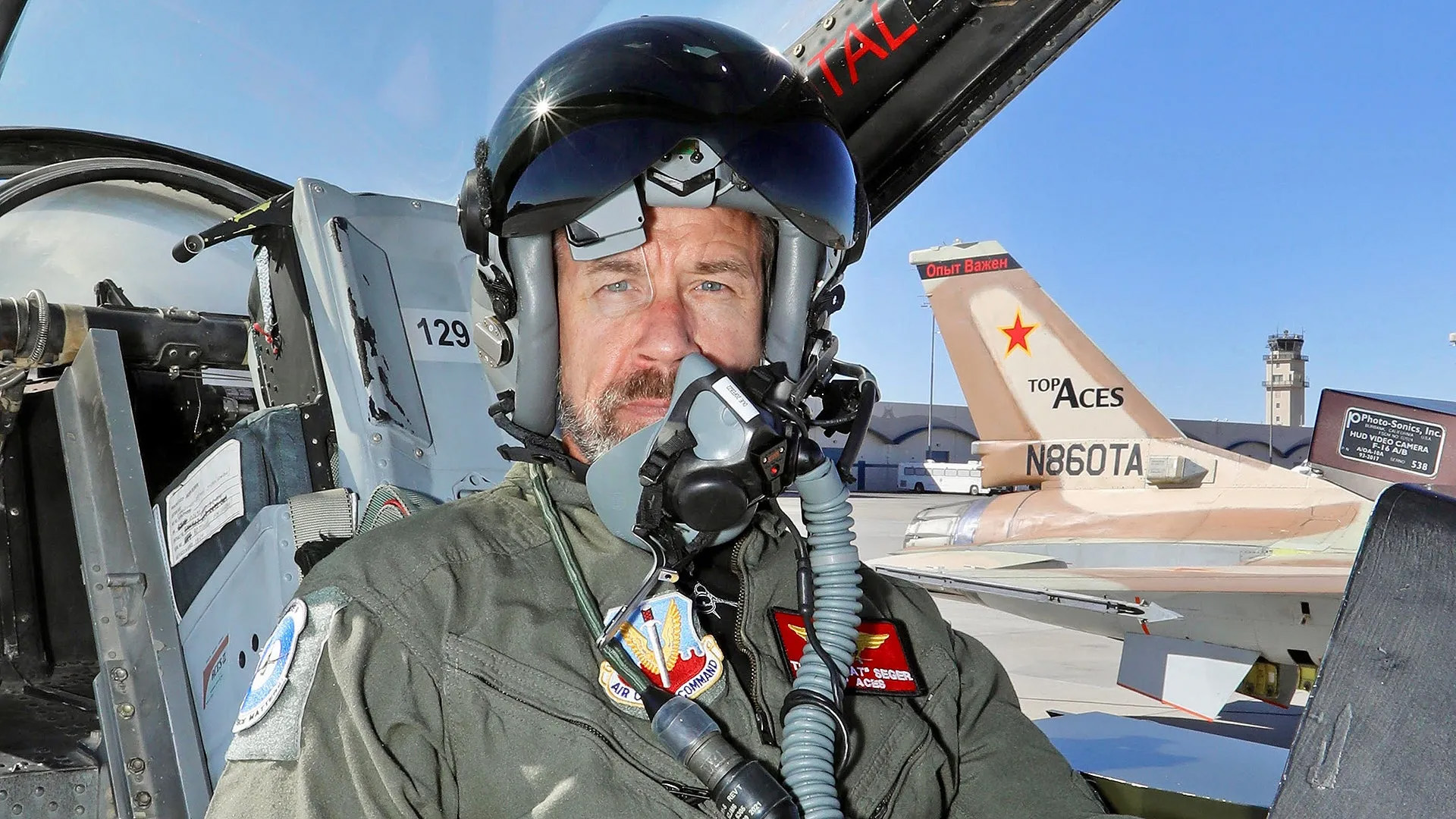
While JHMCS, which now comes in a more advanced digital JHMCS form, uses a custom carved visor unique to each pilot to display its projected information, Scorpion uses a pane-like monocle system that fits under a visor and in between the eye and night vision goggles. The original JHMCS is not night vision goggle compatible.
Scorpion is also capable of projecting in full color, not just monochrome, which can help with crew interpretation of the vast amount of information that can be displayed through the system. This includes weapons targeting, navigation, sensor, and data-link symbology. Going beyond simpler flight data and weapons information, modern HMDs like Scorpion leverage augmented reality that can project friend-and-foe locations all around the pilot.

In a media release, Thales states:
“This contract, issued by the USAF utilizing the NATO Support and Procurement Agency (NSPA), is the first of several anticipated delivery orders to modernize the USAF fleet of F-16s with more interoperable technology. The contract arrangement also allows a procurement option for any F-16 NATO partner to modernize with Scorpion kit capability. Initial kits are anticipated to be delivered to the USAF in early 2025.
The Scorpion HMD kits will replace the Joint Helmet Mounted Cueing System (JHMCS) and allow the USAF a standardized Scorpion HMD solution across Air Force, Air National Guard and USAF Reserve F-16s. Scorpion provides a modern digital platform allowing for enhanced pilot situational awareness with full color symbology and a single display for both day and night operations. Tracking accuracy is also markedly improved, as Scorpion is baselined with Visionix’s precision HObIT (Hybrid Optically based Inertial Tracker) tracker. The HObIT system provides precise tracking through a fusion of inertial-optical technology.”
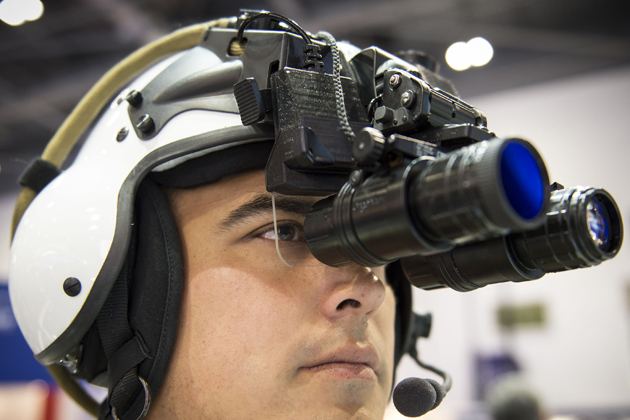
Thales’ Taddeo expanded a bit more for us on what Scorpion will bring to the table for USAF F-16s and how it compares to JHMCS in general:
“Scorpion compared to classic joint helmet [JHMCS] … Scorpion is a near eye display, full color out of the box, night vision and extreme accuracy off axis cuing … JHMCS was designed in 1996, I was on that team. So it’s needed for upgrade.
“Scorpion came along in 2009 … Air National Guard A-10s and F-16 block 30s, and then we iterated it with our inertial tracker, HObIT. It still offers near eye display, color symbology, and the tracker accuracy of HObIT is superior to JHMCS. But what the warfighter likes is its adaptability to the cockpit and simplistic approach to HMDs. They love the near eye display, and they love color. We give the warfighter the option to change the symbology any way they want. We actually deliver a software developer’s kit for free. So our customers can make their own symbology. We’re out of the symbology game … In the case of F 16, the U.S. Air Force owns it. When we’re going to replace JHMCS in the block 40s and 50s, we actually have a kit that we developed … that directly replaces JHMCS. We colorize the symbology better tracker accuracy and out of the box night vision cueing using the customer’s own night vision goggles.”
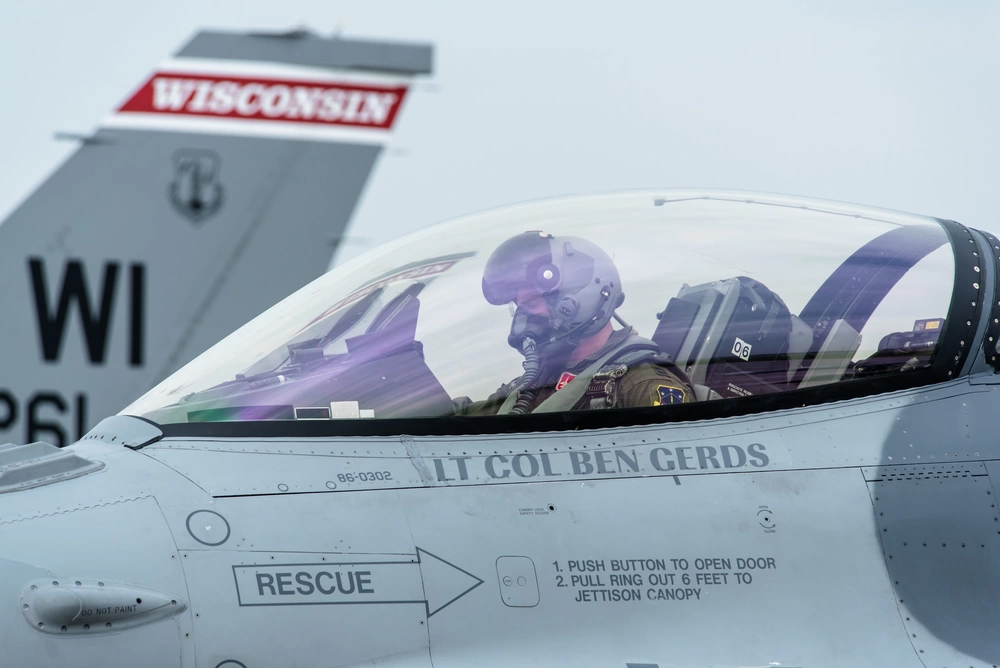
As to what the future holds for Scorpion, Taddeo also told TWZ:
“The cool part about Scorpion is it’s a modular system. When we iterate things, we don’t sell you a new helmet. We’re working on the next better version of our waveguide display, higher resolution, more bright, cheaper. We’ll just offer a replacement kit for the display. We did it with a tracker. We had a magnetic tracker and we developed the inertial optical tracker. We actually took these kits back and we just gave them a new kit with a new tracker and their old display … So that’s kind of our approach. So the future is, this thing can still grow as the technology matures.”
Contact the author: Tyler@twz.com
